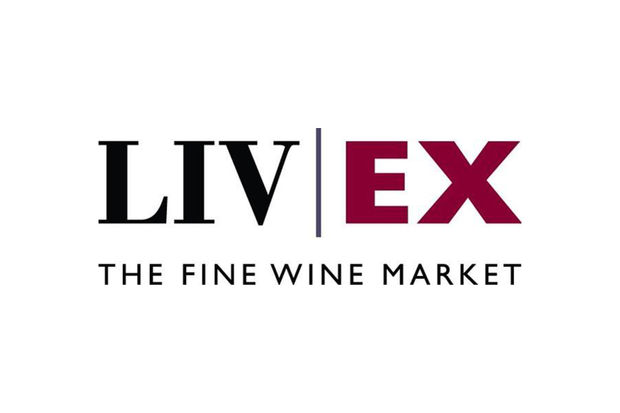
Liv-ex: En Primeur 2015 sales less than 25% of 2009 levels
In a final report on En Primeur 2015 from fine wine trading platform Liv-ex, the company predicts that the prices seen in 2009 and 2010 are now a thing of the past.
Despite prices having recovered some what for the 2015 they are still well below the peaks hit five years ago.
"A tentative recovery is underway. Sales in 2015 were sharply above levels achieved in 2014, which in turn were up on 2013, but in the context of history this is a low bar. Sales in 2015 amounted to less than 25% of 2009 levels," the report stated.
The prediction that the prices that were reached by the 2009 and 2010 vintages seem, according to the report, to be unattainable today.
"It seems likely that making comparisons to 2009 and 2010, two great vintages launched at the end of a particularly buoyant period for the Bordeaux market, is both part of the problem and unrealistic. If we have learnt anything during the 2015 campaign, it is that halcyon days are unlikely to return any time soon," stated the report.
The 2015 campaign offered the Bordelais an opportunity to adjust pricing to help rebuild trust with customers and the end-consumer. However the vintage had too much variation between appellations which was not accounted for in the prices of the wines, resulting in wines overall being priced higher in most cases than they should have been.
The report stated: "The variability of the vintage between communes didn't help, nor did the clear gap between what Bordeaux thinks its wines are worth and what consumers are prepared to pay."
Specifically the area of the northern Medoc had a challenging vintage, while Margaux made some exceptional wines. While people did expect prices to rise, the increase was far steeper than what the market was expecting and willing to pay.
"When Liv-ex surveyed its members ahead of the campaign, the consensus expected a 17.8% price increase in Euro terms on 2014. The reality was nearly three times as high. There is little to suggest that these additional price increases were led by consumer demand."
But despite the challenges there were some that had a successful campaign. "As a rule, success fell into two camps. Those properties that made better wines than they have ever made (like Canon and Giscours) or that offered attractive discounts relative to comparable vintages (like Pape Clement and Lafleur). The basis of frustration around the vintage is that too few products priced their wines to sell through to the final consumer."





